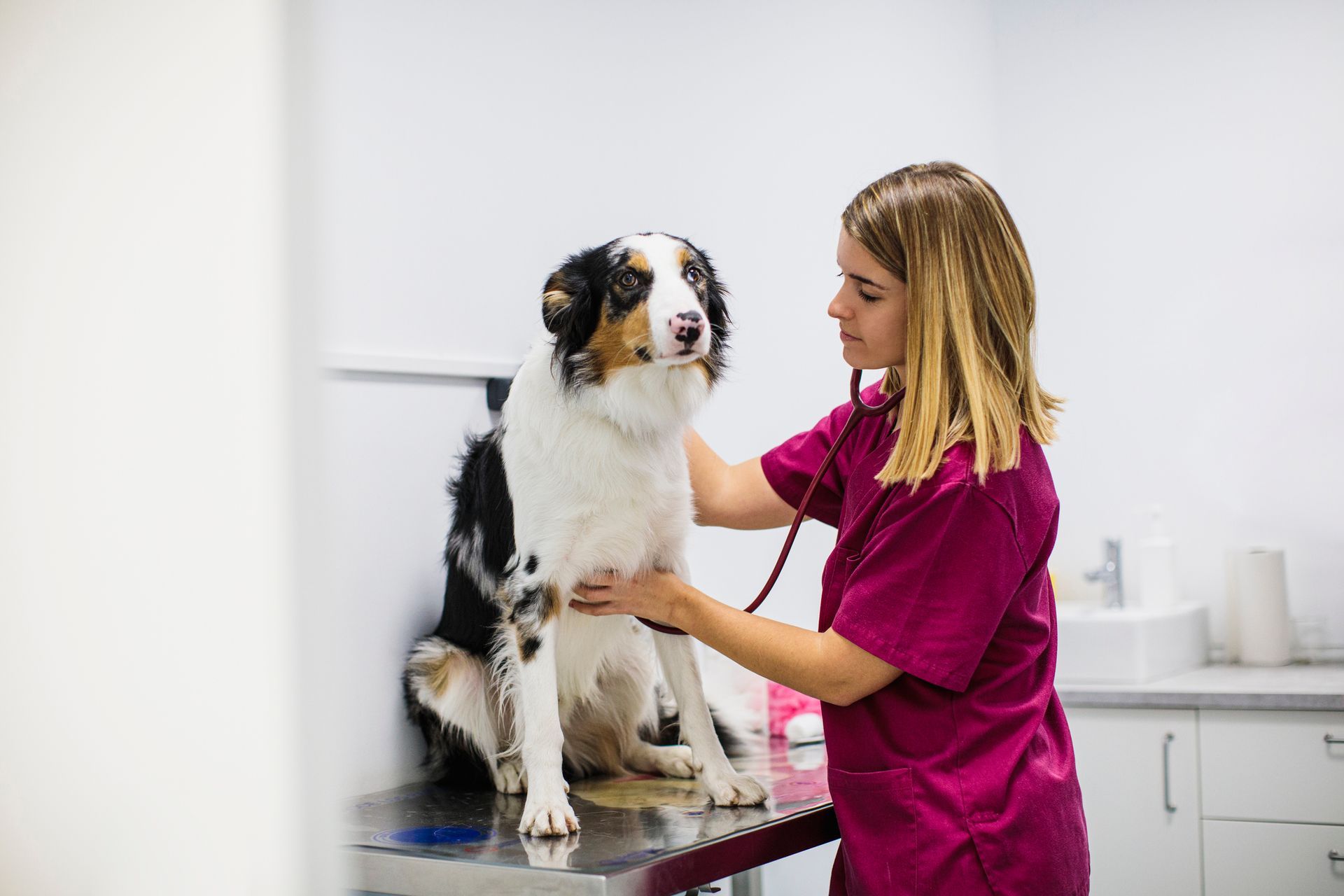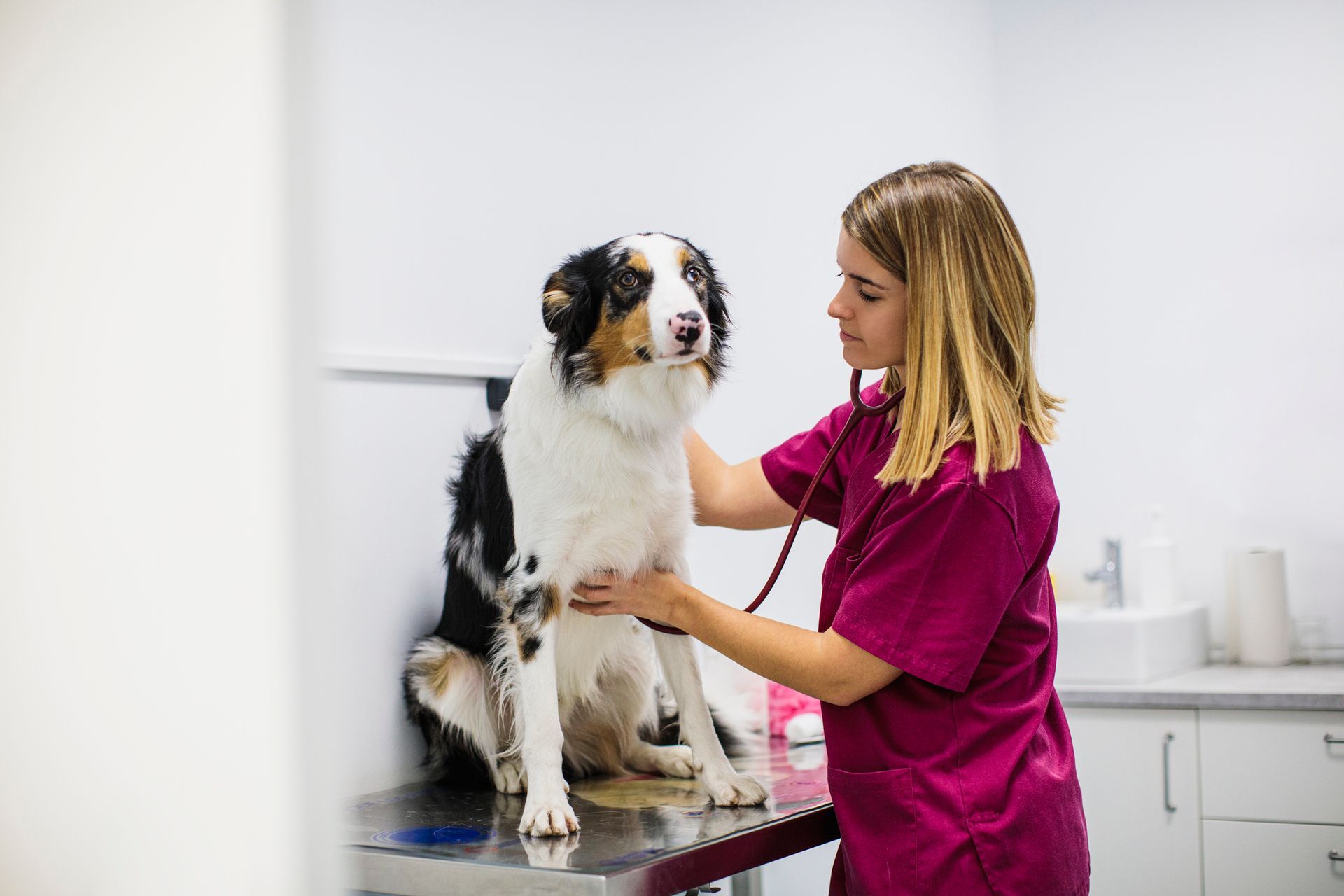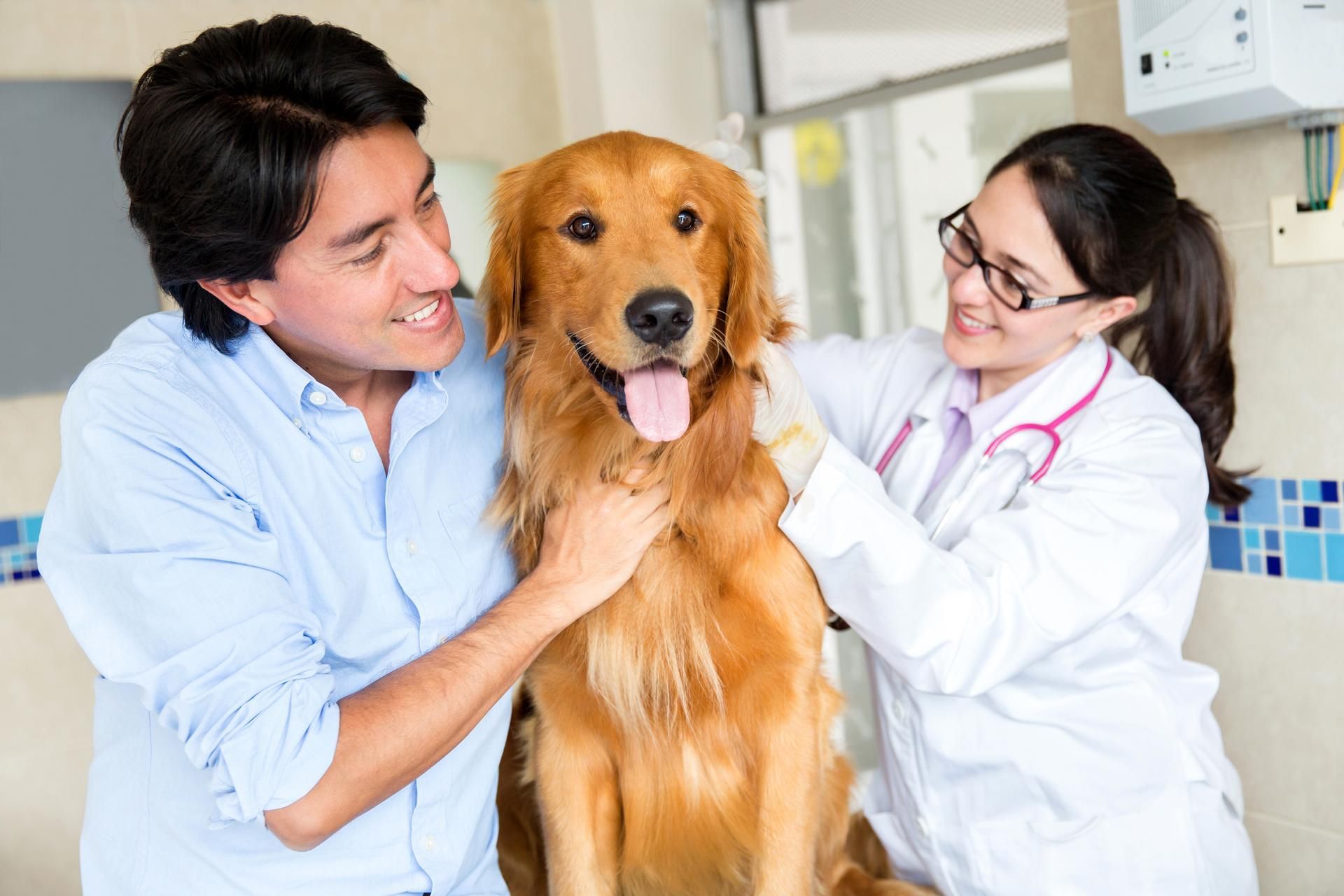How to Recognize Congestive Heart Failure in Dogs
Congestive heart failure is a disease many dogs go through, especially smaller dogs. While there is no cure for the ailment, proper treatment and medication allows your pet to live a longer and comfortable life with the proper care.
The key to proper treatment for congestive heart failure is timing. A dog would need oxygen, fluids, and proper medications to help the heart work properly while under distress. If your dog has heart issues or heart problems are common for the breed, then there are some specific signs to look out for with your own dog.
Knowing these signs will help you make the decision faster and visit emergency care when needed.
1. Rapid Breathing
One of the biggest signs of congestive heart failure is rapid breathing. In these cases, heart valves will typically leak fluids into the dog's body. The expansion of the heart and the fluid build-up puts pressure on the lungs, which then results in the rapid breathing.
Typically, a dog should range anywhere from 10 to 35 breaths a minute. The quickest way to calculate this is by counting your dog's breath for 15 seconds and multiplying the answer by four. So if a dog takes 10 breaths in 15 seconds, then they are around 40 breaths a minute, which is a little high.
Visit an emergency vet for over 40 breaths a minute. At this rate, a dog may not have the right amount of oxygen. An oxygen cage could provide a more concentrated level of air. A vet will also perform further tests like an x-ray to see if there has been any fluid build-up. The goal will be to slow the breaths down and ensure the dog has enough oxygen before further treatment takes place.
2. Lack of Physical Activity
Pet owners know their animals more than anyone else. Some dogs could run all day while others love to nap around and relax. A sudden change in physical activity is all dependent on the dog's personality and the owner's ability to understand the change.
For example, some dogs may only go outside to relieve themselves. If your animal behaves this way and does not want to get up to go outside, then the non-action may be a sign of a lack of physical activity. Think about your dog's typical day and any major changes. Physical activity does not always relate to tossing a Frisbee.
Other small things to look out for includes refusal to go up stairs, jump up on beds, or even a refusal to move from room to room. A faster heart rate could result in the lack of physical activity and an emergency room visit should be made to get the dog tested for congestive heart failure.
3. Gum and Tongue Colors
A blood test and other medical tests will showcase a dog's oxygen levels at the vet's office, but at home, there is a way to see if your dog is not getting the proper oxygen it needs as a result of heart issues. As you comfort your dog, check their gums and tongue.
In a healthy dog, the gums will appear a pretty vivid pink, similar to bubblegum. When a dog lacks the proper oxygen, the gums will have a blue or purple tone to them. One of the more common causes for this is a lack of oxygen due to congestive heart failure as the heart works extra hard to pump blood through the dog's body.
Any sign of gum discoloration in a blue or purple should turn into a vet trip as soon as possible. Your dog may need fluid drainage and oxygen in a matter of minutes before things take a turn for the worse.
4. Coughing
The increase of fluids in a dog's body may result in an increase in coughs for your dog. Basically, some of the fluid build-up reaches the throat of the animal and the discomfort leads to coughs. Some dogs may have a cough spell and it goes away.
Try to give the dog some water or food. If coughing persists for more than an hour, then bring the animal to an emergency vet service. The exact source of the cough may be found. Even if the cough is not the result of congestive heart failure, there could be something lodged in the animal's throat, which needs removal.
5. Previous Signs & Sudden Changes
In some cases, your dog may have past health issues which leads up to congestive heart failure. For example, your dog may have been diagnosed with a heart murmur. Over time, the murmur may get worse and eventually cause the heart to expand in size.
Look for sudden changes in the way your dog breathes or acts. They may be up all of a sudden in the middle of night, not bark as often, or have a lower appetite. These sudden changes may seem small, but could be the key to getting your pet the medical attention it needs.
Congestive heart failure is a struggle many dogs deal with, but thankfully there are multiple treatments to help the animal get through and live comfortably for as long as possible.
For more information on our emergency services, contact us at South Seattle Veterinary Hospital. We are here to help you pet get the best care possible.











